-
 Bitcoin
Bitcoin $83,309.8774
-1.88% -
 Ethereum
Ethereum $1,591.3660
-2.42% -
 Tether USDt
Tether USDt $0.9998
-0.01% -
 XRP
XRP $2.0864
-2.28% -
 BNB
BNB $580.9809
-0.68% -
 Solana
Solana $125.6682
-3.01% -
 USDC
USDC $0.9999
0.00% -
 TRON
TRON $0.2516
0.03% -
 Dogecoin
Dogecoin $0.1542
-3.08% -
 Cardano
Cardano $0.6142
-3.69% -
 UNUS SED LEO
UNUS SED LEO $9.3431
-0.92% -
 Chainlink
Chainlink $12.3641
-2.37% -
 Avalanche
Avalanche $18.8865
-5.31% -
 Stellar
Stellar $0.2358
-2.40% -
 Toncoin
Toncoin $2.8805
-0.91% -
 Shiba Inu
Shiba Inu $0.0...01169
-1.89% -
 Sui
Sui $2.1008
-4.00% -
 Hedera
Hedera $0.1574
-5.48% -
 Bitcoin Cash
Bitcoin Cash $318.9019
-1.04% -
 Litecoin
Litecoin $75.9077
-2.52% -
 Polkadot
Polkadot $3.5432
-3.69% -
 Dai
Dai $1.0000
0.00% -
 Bitget Token
Bitget Token $4.2538
-1.47% -
 Hyperliquid
Hyperliquid $15.1227
-5.40% -
 Ethena USDe
Ethena USDe $0.9991
0.00% -
 Pi
Pi $0.6199
-16.77% -
 Monero
Monero $217.3319
2.19% -
 Uniswap
Uniswap $5.2227
-2.58% -
 OKB
OKB $52.2436
1.28% -
 Pepe
Pepe $0.0...07082
-3.62%
Why did my mining machine suddenly stop submitting shares?
A mining rig's failure to submit shares can result from hardware issues like power supply problems or overheating, or software errors such as outdated drivers or misconfigurations.
Apr 06, 2025 at 11:42 am
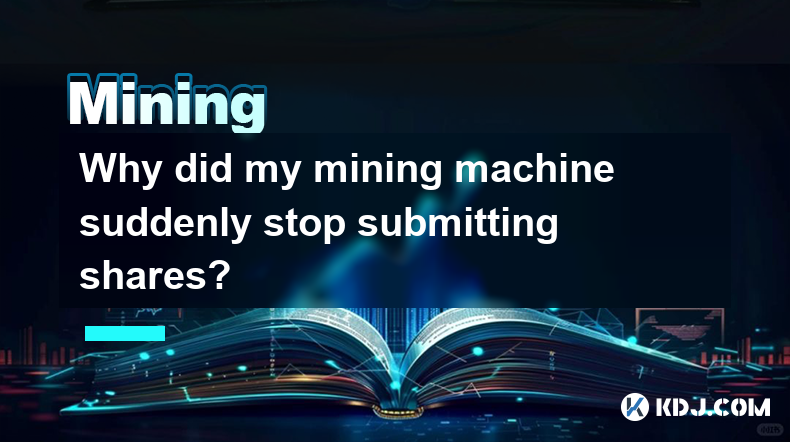
Investigating Mining Rig Share Submission Failures
A mining machine's sudden cessation of share submissions can stem from various issues. Troubleshooting requires a systematic approach, examining both hardware and software components. Ignoring even minor problems can lead to significant lost revenue and potential hardware damage. Let's explore the common culprits.
Hardware Problems: The Physical Side of Mining
Power Supply Issues: Insufficient power or unstable voltage can cause your mining rig to shut down unexpectedly. Check your power supply's wattage and ensure it's adequate for your hardware. Look for any loose connections or damaged cables. A multimeter can help diagnose power supply problems. Always ensure your power supply is appropriately sized and provides stable power.
Overheating: Cryptocurrency mining generates considerable heat. Overheating components can trigger automatic shutdowns to prevent damage. Check your cooling system – fans, heatsinks, and potentially liquid cooling – for proper function. Monitor temperatures using software like HWInfo64. Adequate cooling is critical for preventing hardware failures and maintaining optimal performance.
Hardware Failure: Components like GPUs, ASICs, or motherboards can fail unexpectedly. This can manifest as complete system shutdown or erratic behavior, including the cessation of share submissions. Attempt isolating potential faulty components by testing individually or replacing them if necessary. Regular hardware monitoring and proactive maintenance can help prevent unexpected failures.
Connectivity Problems: A loose or damaged network cable can disrupt communication between your mining rig and the mining pool. Ensure your Ethernet cable is securely connected to both your mining rig and your router. Consider testing with a different cable to rule out cable issues. Reliable network connectivity is paramount for consistent share submission.
Software Problems: The Digital Side of Mining
Mining Software Errors: Bugs in your mining software can prevent share submission. Try restarting your mining software or updating to the latest version. Check the miner's logs for error messages that might indicate the problem's source. Keep your mining software updated to benefit from bug fixes and performance improvements.
Pool Connectivity Issues: Problems with the mining pool itself can prevent your shares from being accepted. Check the pool's status page for any reported outages or maintenance. Consider switching to a different mining pool temporarily to see if the problem persists. Diversify your mining pools to minimize downtime caused by pool-specific issues.
Incorrect Configuration: Incorrectly configured mining software can lead to share submission failures. Double-check your miner's configuration file to ensure the correct wallet address, pool address, and other settings are accurately entered. A single typo can disrupt the entire process. Carefully review your miner's configuration file to ensure accuracy.
Operating System Issues: Problems with your operating system can also affect your mining rig's ability to submit shares. Consider restarting your operating system, or if the problem persists, performing a fresh installation. This can resolve underlying software conflicts. A stable and well-maintained operating system is essential for reliable mining operations.
Driver Issues: Outdated or corrupted graphics card drivers can cause instability and prevent share submission. Ensure your drivers are up-to-date by checking the manufacturer's website for the latest versions. Reinstalling drivers can often resolve issues. Keep your GPU drivers updated for optimal performance and stability.
Troubleshooting Steps: A Practical Approach
Restart your mining rig: The simplest solution is often the most effective. A simple reboot can resolve temporary software glitches.
Check your network connection: Ensure your Ethernet cable is securely connected and your internet connection is stable. Try pinging your mining pool's server.
Monitor your hardware temperatures: Use monitoring software to check for overheating components. Ensure your cooling system is functioning correctly.
Review your mining software logs: Examine the logs for error messages that might indicate the cause of the problem.
Check your mining pool's status: Ensure the pool is not experiencing any outages or maintenance.
Update your mining software and drivers: Outdated software and drivers can lead to instability and errors.
Check your power supply: Ensure your power supply is providing adequate and stable power.
Frequently Asked Questions
Q: My mining rig stopped submitting shares after a power outage. What should I do?
A: After a power outage, check your hardware for any damage, ensure your power supply is functioning correctly, and restart your mining rig. Review your mining software logs for any errors.
Q: My mining software shows an error message. How can I troubleshoot it?
A: Carefully examine the error message for clues. Search online forums or the mining software's documentation for solutions. Consider reinstalling the software or contacting the software's support team.
Q: I've tried everything, but my mining rig still isn't submitting shares. What next?
A: If all else fails, consider seeking help from experienced miners in online forums or communities. They might be able to offer more specific advice based on your hardware and software configuration. You may also need to consider professional hardware diagnostics.
Q: Can a faulty internet connection cause share submission issues?
A: Absolutely. A poor or intermittent internet connection can prevent your shares from reaching the mining pool. Test your internet speed and stability.
Q: How often should I check my mining rig's logs?
A: Regular checks, at least once a day, are recommended to proactively identify and address potential issues before they cause significant problems.
Disclaimer:info@kdj.com
The information provided is not trading advice. kdj.com does not assume any responsibility for any investments made based on the information provided in this article. Cryptocurrencies are highly volatile and it is highly recommended that you invest with caution after thorough research!
If you believe that the content used on this website infringes your copyright, please contact us immediately (info@kdj.com) and we will delete it promptly.
- Movement Labs and the Movement Network Foundation have launched an independent investigation into recent market-making irregularities related to the MOVE token.
- 2025-04-16 09:15:12
- Shiba Inu (SHIB) burn rate saw an over 2000% hike, leading to the removal of 20.83 million tokens from circulation.
- 2025-04-16 09:15:12
- Securitize Acquires MG Stover's Fund Administration Business to Become the Largest Digital Asset Fund Administrator
- 2025-04-16 09:10:12
- Trump administration plans to present Congress with cuts to most funding for public media
- 2025-04-16 09:10:12
- XRP (XRP) Displays Promising Growth Potential as It Currently Trades Above $2.00 and the 21-week EMA
- 2025-04-16 09:05:13
- BYDFi Lists $KERNEL, the Governance Token of KernelDAO, with Spot Trading Now Live
- 2025-04-16 09:05:13
Related knowledge
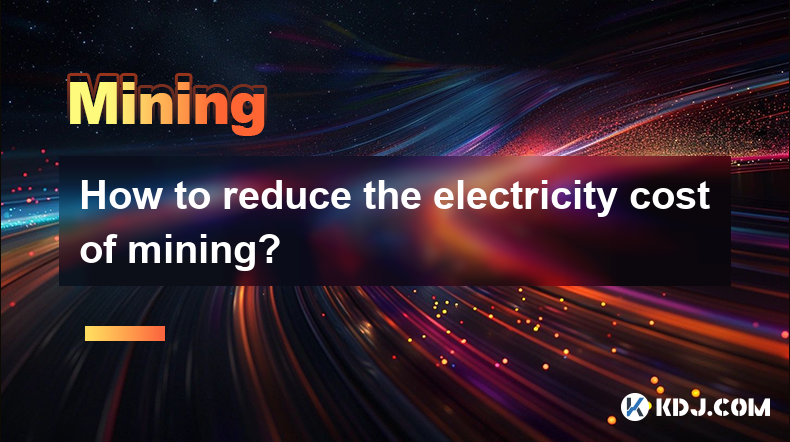
How to reduce the electricity cost of mining?
Apr 16,2025 at 08:42am
Mining cryptocurrencies, particularly Bitcoin, is an energy-intensive process that can lead to significant electricity costs. However, there are several strategies that miners can employ to reduce these expenses and make their operations more cost-effective. In this article, we will explore various methods to minimize the electricity cost of mining. Cho...
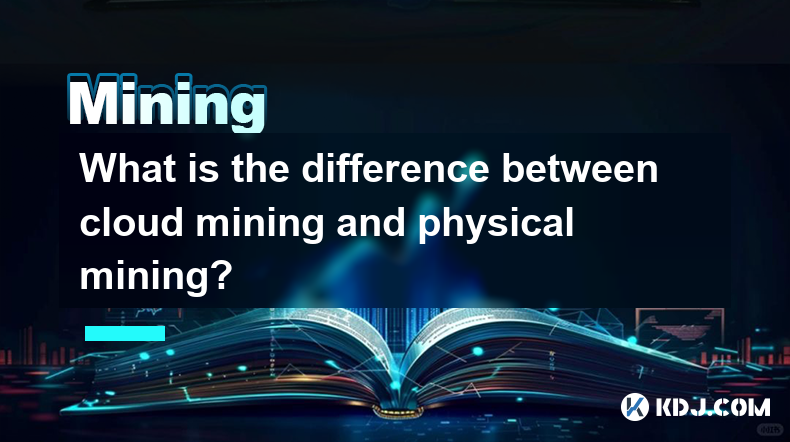
What is the difference between cloud mining and physical mining?
Apr 16,2025 at 01:49am
What is the difference between cloud mining and physical mining? In the world of cryptocurrencies, mining is the process by which new coins are generated and transactions are verified and added to the blockchain. There are two primary methods of mining: cloud mining and physical mining. Understanding the differences between these two approaches can help...
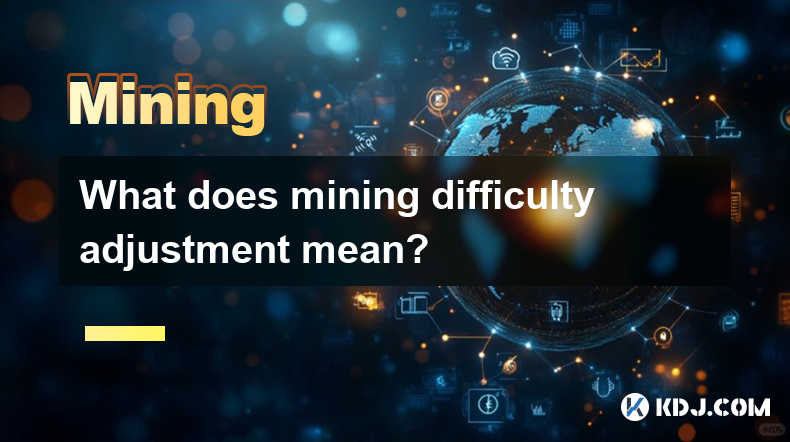
What does mining difficulty adjustment mean?
Apr 16,2025 at 12:42am
What does mining difficulty adjustment mean? Mining difficulty adjustment is a crucial mechanism in blockchain networks, particularly in Proof of Work (PoW) systems like Bitcoin. It ensures that the rate at which new blocks are added to the blockchain remains consistent, despite fluctuations in the total computational power (hash rate) of the network. T...
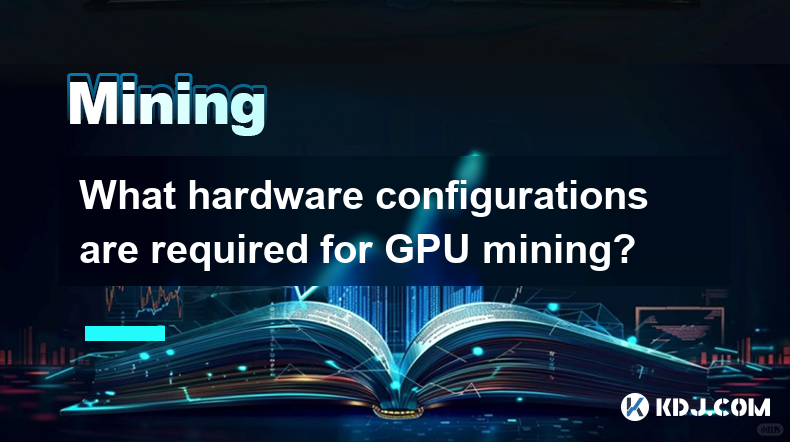
What hardware configurations are required for GPU mining?
Apr 16,2025 at 09:21am
GPU mining has become a popular method for cryptocurrency enthusiasts to mine various cryptocurrencies, such as Ethereum, Ravencoin, and others. To successfully engage in GPU mining, it is essential to understand the hardware configurations required to maximize efficiency and profitability. This article will delve into the specifics of what you need to ...
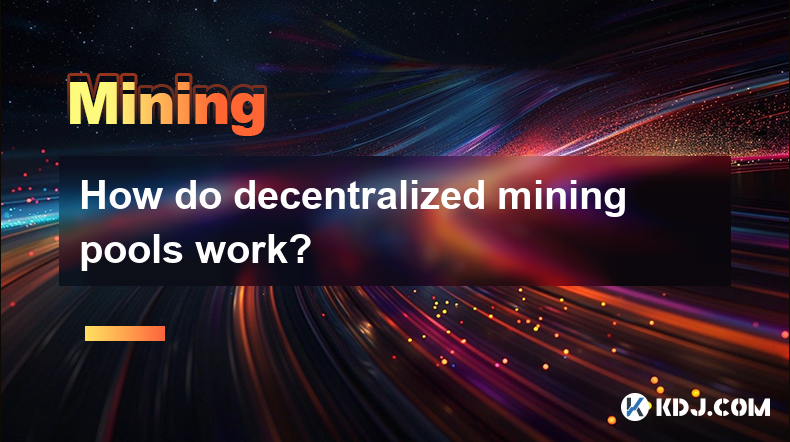
How do decentralized mining pools work?
Apr 16,2025 at 05:42am
Decentralized mining pools represent a significant evolution in the world of cryptocurrency mining, offering a more democratic and transparent approach compared to traditional centralized pools. In this article, we will explore the mechanics of decentralized mining pools, their benefits, and how they operate within the cryptocurrency ecosystem. What are...
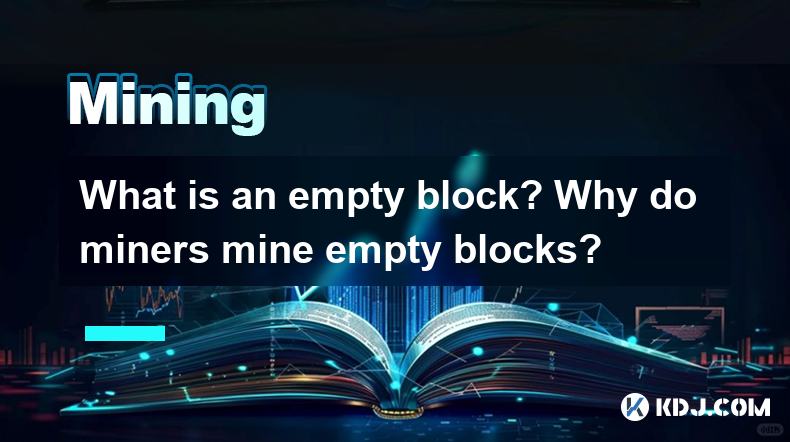
What is an empty block? Why do miners mine empty blocks?
Apr 16,2025 at 01:28am
What is an Empty Block?An empty block in the context of blockchain technology, particularly in cryptocurrencies like Bitcoin, refers to a block that contains no transactions other than the coinbase transaction. The coinbase transaction is a special transaction in which new bitcoins are generated and awarded to the miner who successfully mines the block....

How to reduce the electricity cost of mining?
Apr 16,2025 at 08:42am
Mining cryptocurrencies, particularly Bitcoin, is an energy-intensive process that can lead to significant electricity costs. However, there are several strategies that miners can employ to reduce these expenses and make their operations more cost-effective. In this article, we will explore various methods to minimize the electricity cost of mining. Cho...

What is the difference between cloud mining and physical mining?
Apr 16,2025 at 01:49am
What is the difference between cloud mining and physical mining? In the world of cryptocurrencies, mining is the process by which new coins are generated and transactions are verified and added to the blockchain. There are two primary methods of mining: cloud mining and physical mining. Understanding the differences between these two approaches can help...

What does mining difficulty adjustment mean?
Apr 16,2025 at 12:42am
What does mining difficulty adjustment mean? Mining difficulty adjustment is a crucial mechanism in blockchain networks, particularly in Proof of Work (PoW) systems like Bitcoin. It ensures that the rate at which new blocks are added to the blockchain remains consistent, despite fluctuations in the total computational power (hash rate) of the network. T...

What hardware configurations are required for GPU mining?
Apr 16,2025 at 09:21am
GPU mining has become a popular method for cryptocurrency enthusiasts to mine various cryptocurrencies, such as Ethereum, Ravencoin, and others. To successfully engage in GPU mining, it is essential to understand the hardware configurations required to maximize efficiency and profitability. This article will delve into the specifics of what you need to ...

How do decentralized mining pools work?
Apr 16,2025 at 05:42am
Decentralized mining pools represent a significant evolution in the world of cryptocurrency mining, offering a more democratic and transparent approach compared to traditional centralized pools. In this article, we will explore the mechanics of decentralized mining pools, their benefits, and how they operate within the cryptocurrency ecosystem. What are...

What is an empty block? Why do miners mine empty blocks?
Apr 16,2025 at 01:28am
What is an Empty Block?An empty block in the context of blockchain technology, particularly in cryptocurrencies like Bitcoin, refers to a block that contains no transactions other than the coinbase transaction. The coinbase transaction is a special transaction in which new bitcoins are generated and awarded to the miner who successfully mines the block....
See all articles























































































